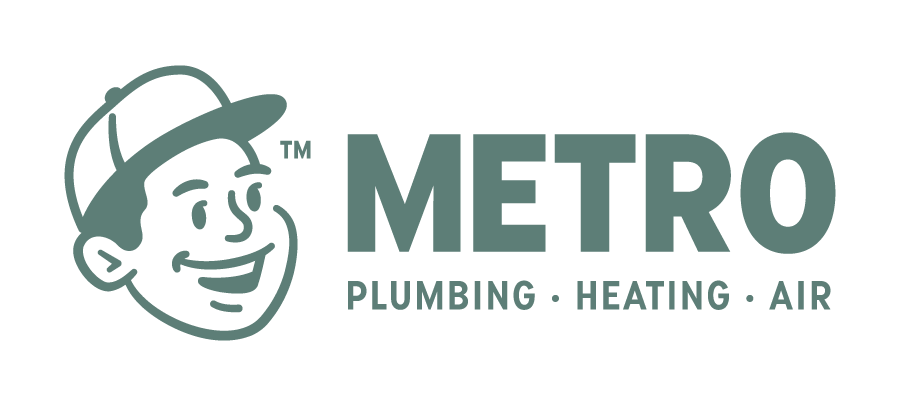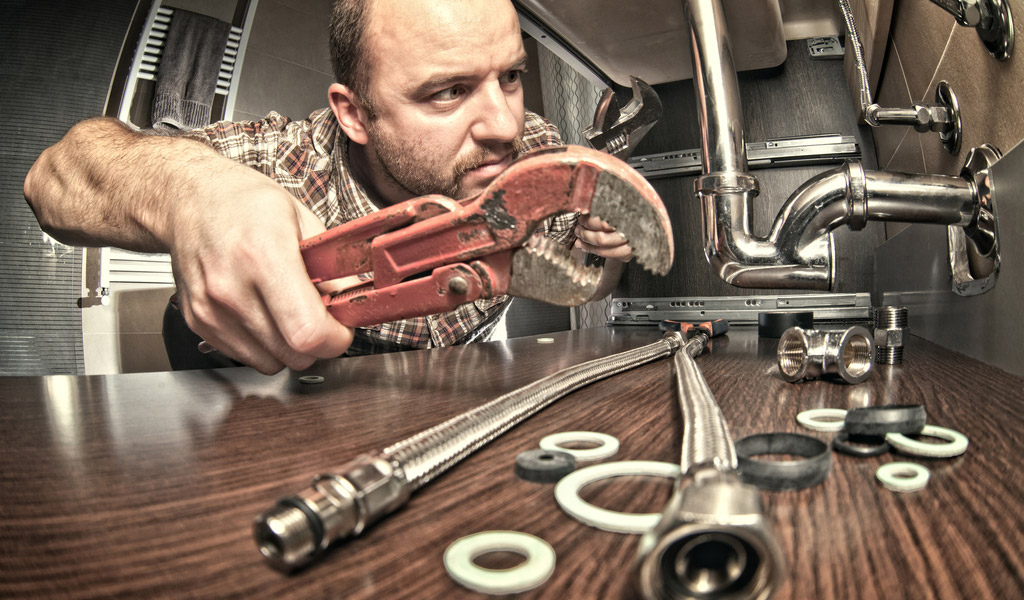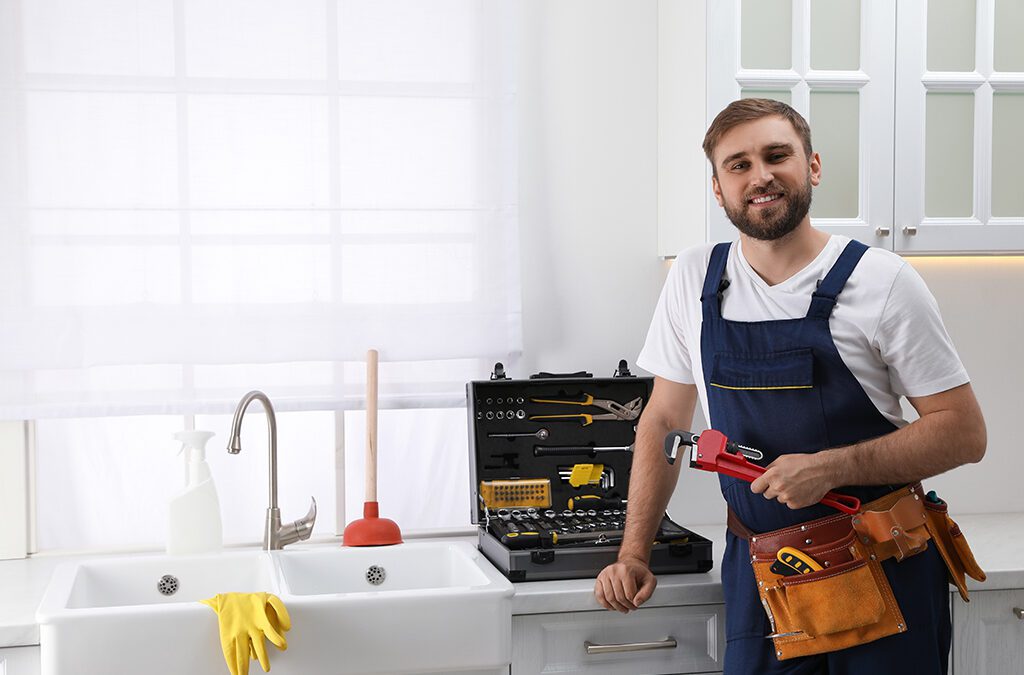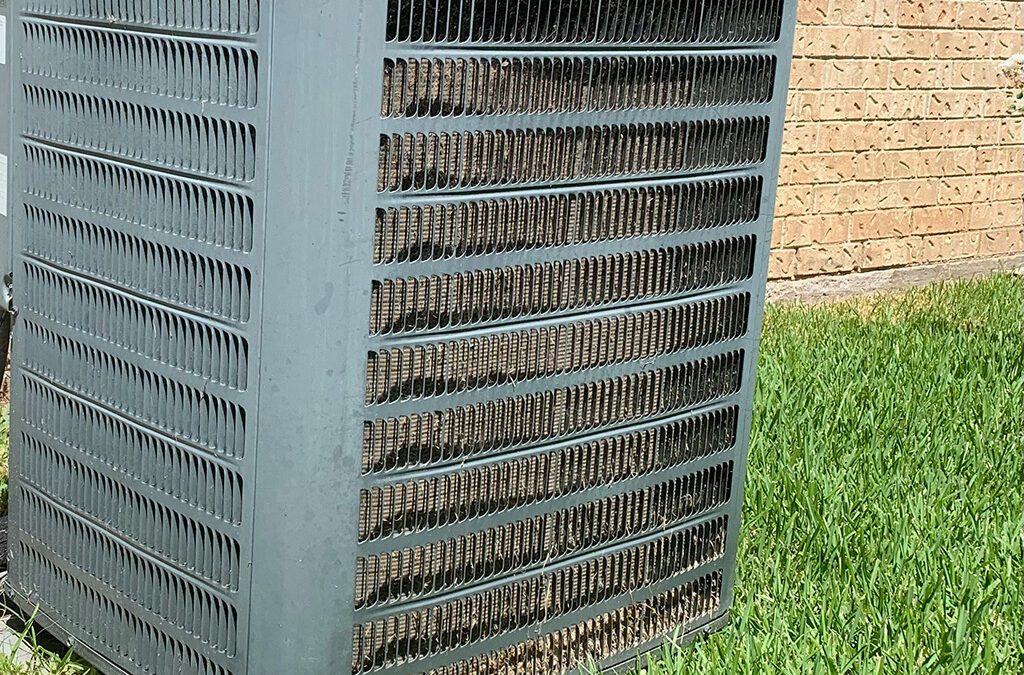How much do you know about the plumbing system in your house? Generally, most of you know nothing more than the tap water that runs out of your faucets and showerheads. From where do you get this water? And where does the water that you’ve used go off too? A residential plumbing is extensive with so many components and subsystems; let us take a look at what is involved.
Water Source
How are you getting water in all those faucets? What’s the primary source? The primary water source can be miles away from your home, and even the local water treatment facility in your area. Generally, water for residential use is obtained from rivers and lakes from where it is directed to a nearby water treatment plant through pipes laid deep under the river; the pipes are designed such that they protect fish.
Upon reaching a treatment plant, water is filtered and disinfected through several processes until it can be deemed safe for residential use; this takes a couple of hours. Water quality is tested throughout at specific intervals. The processed water is then stored in a reservoir, from where it travels through an extensive pipe network under the ground until it reaches the water main of your residence.
The Water Main
The treated water at the plant enters your home through the water main, usually found near the front curb. The water is directed to the shut-off valve through a water meter and then into the plumbing system of your home.
Point 2 to note: this is the main valve which controls the water supply into your home; if there is ever any emergency, you should turn off this valve immediately, and then wait until a plumbing service in Cleveland has inspected the issues.
Generally, most valves are operated through a key; if you don’t have this key, contact a local plumbing service in Cleveland, and they’ll help you out.
The Hot Water Heater
Hot water is an essential need especially in the cold, wintry days. How are you getting all of that hot water in your tank? Obviously, you do have a water heater, but where is it, and what’s involved in the heating process? Talk to the reps at a plumbing service in Cleveland, and they’ll provide you the details. For right now, we’ll just quickly skim over the main points.
Water from the shutoff valve travels through the plumbing network in your home to the water tank, which is filled with cold from the bottom side. The tank is then heated using a burner or another heating element; gas, electricity and even oil can be used for the purpose. Once water is heated and reaches a sufficient temperature, it rises up inside the tank, and is directed outside from the top side. The hot water is then transferred to all areas of your home through the pluming network.
The above explanation applies only if you have a storage water heater. Tankless water heaters are another common option; any plumbing service in Cleveland can guide you more about them. As the name implies, a tankless water heater doesn’t store any water, but just heats it when desired. The energy consumption is lower in such a case, which means lower bills. Discuss your water use with a plumbing service in Cleveland, and they’ll advise which of the two is more suitable in your particular scenario.
Supply Pipes
The supply pipes are designed such that cold and hot waters are separated; these pipes are formally referred to as risers and are connected to all plumbing fixtures in your house. The cold and hot water pipes run in pairs throughout your house.
If your home is old, then your plumbing pipes would probably be made of galvanized steel. In new homes, copper is used for the plumbing network.
Point 3 to note: should you replace the old plumbing network? If you don’t do this timely, you may have to deal with extensive water damage; get your system inspected by a plumbing service in Cleveland, and they would give you recommendations.
Point 4 to note: what is the diameter of your plumbing pipes? The large this is, the more water pressure you get. If you think the water pressure is weak, then talk to a plumbing service in Cleveland, and see how you can upgrade to larger pipes.
The Main Stack
So we’ve talked about how water reaches to the taps. Now let’s talk about how it leaves the sinks and drains, and exits from your home’s plumbing system. Your home features a complete network of drains, the central part of which is the main stack; the diameter of the main stack is around 3 to 4 inches.
The main stack vents out through the roof so that poisonous gases like methane can escape the network; this makes more air available allowing the drainage system to flow freely.
Every drain in your house connects to this main stack; the pipes are horizontal and sloped slightly downward so that water can flow easily.
Point 5 to note: the drains slops down one – fourth of an inch per one foot of the pipe.
What happens if your drains clog? Get in touch with a plumbing service in Cleveland, and they’ll deal with the situation. But do this in a timely manner, before the issues become to serious.
Sewage System
The wastewater from your toilets is transferred to the septic system where solid waste is separated. The remaining liquid sludge is treated by the solid in a drainfield, which removes most of the contaminants. As for the solid waste, you have to get it pumped out regularly by a plumbing service in Cleveland.
So that was just a quick summary.
One final point to note before we break off: plumbing issues are serious, so contact a plumbing service in Cleveland, and get them resolved immediately if they ever occur.




